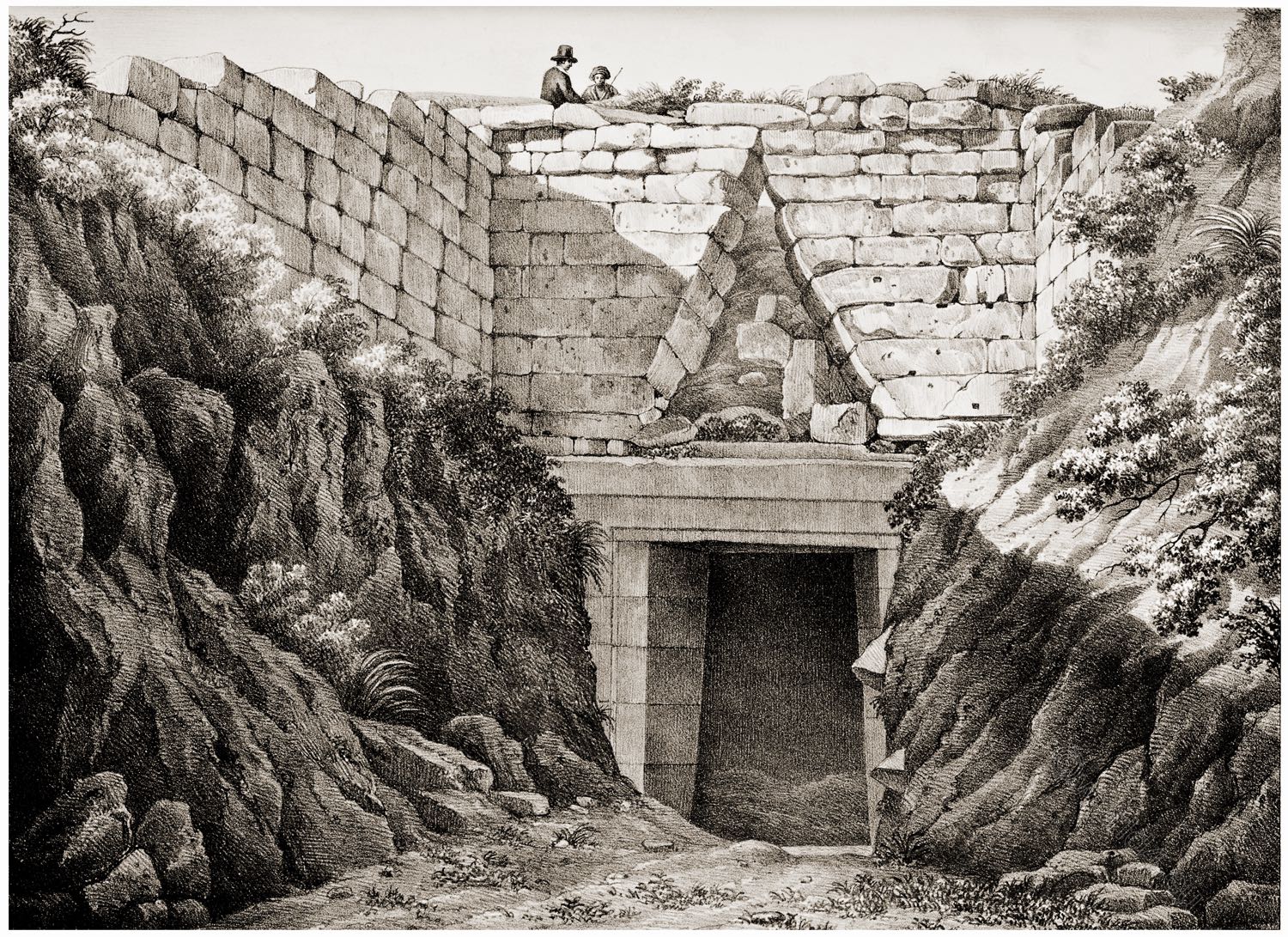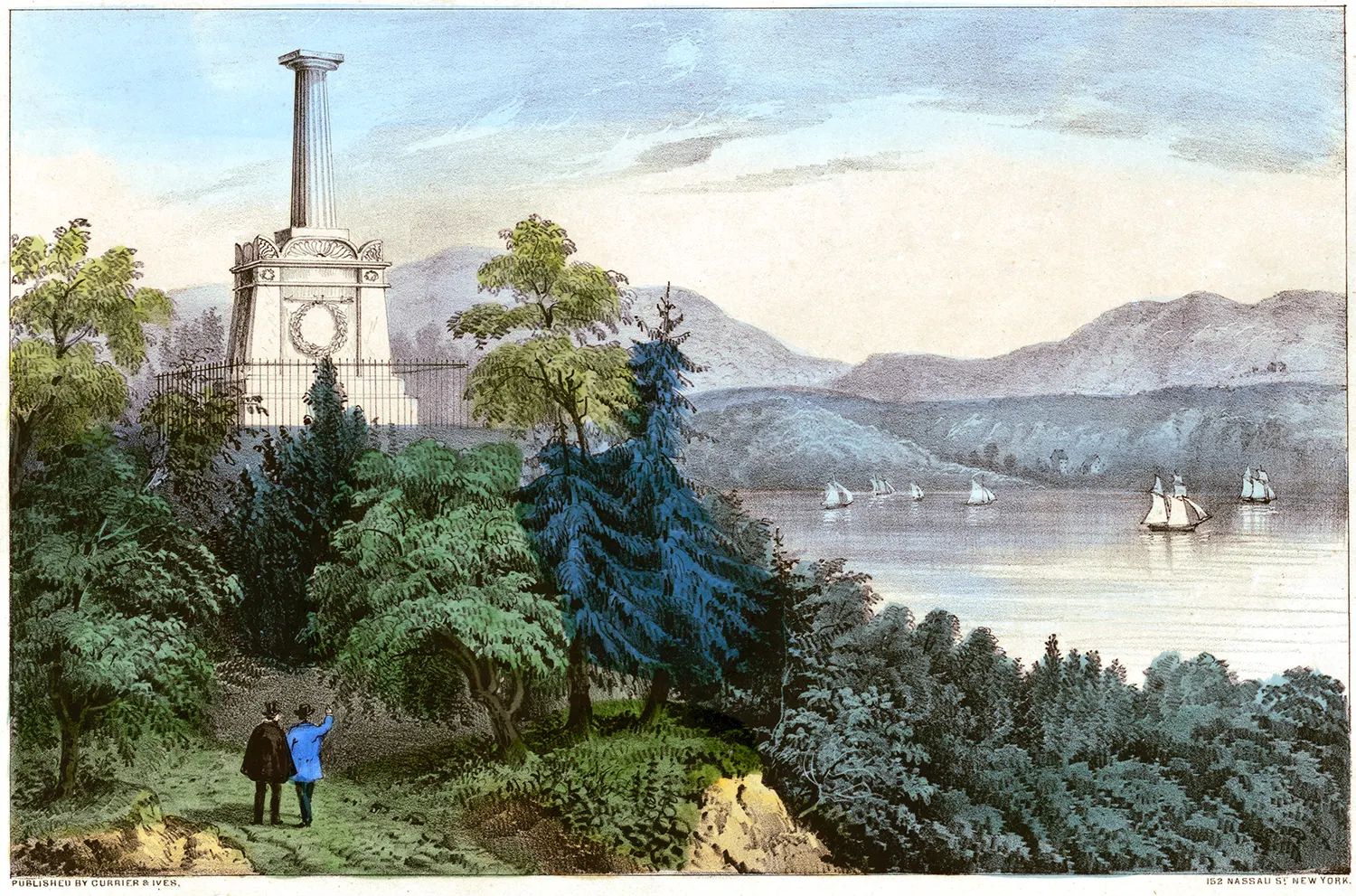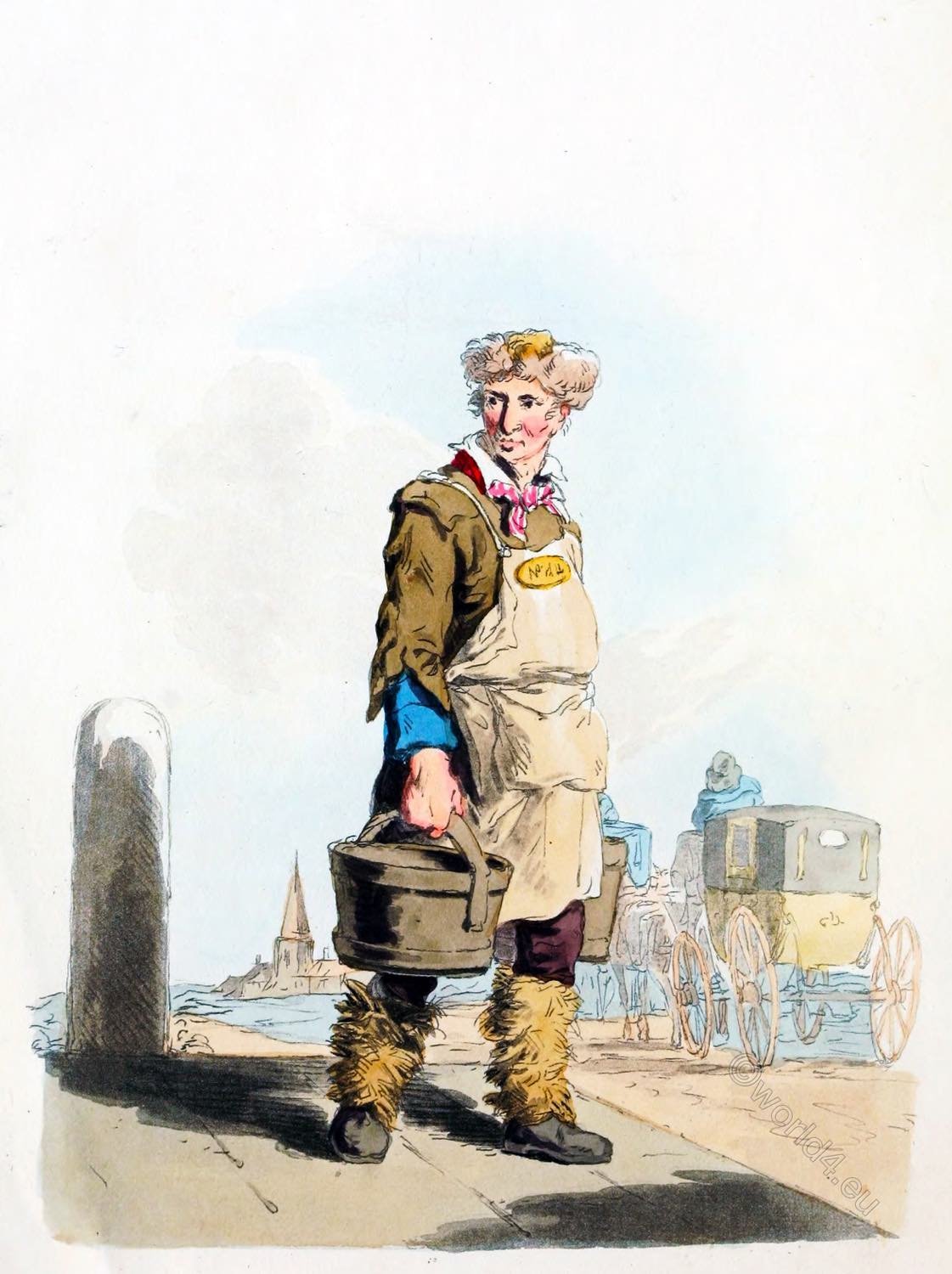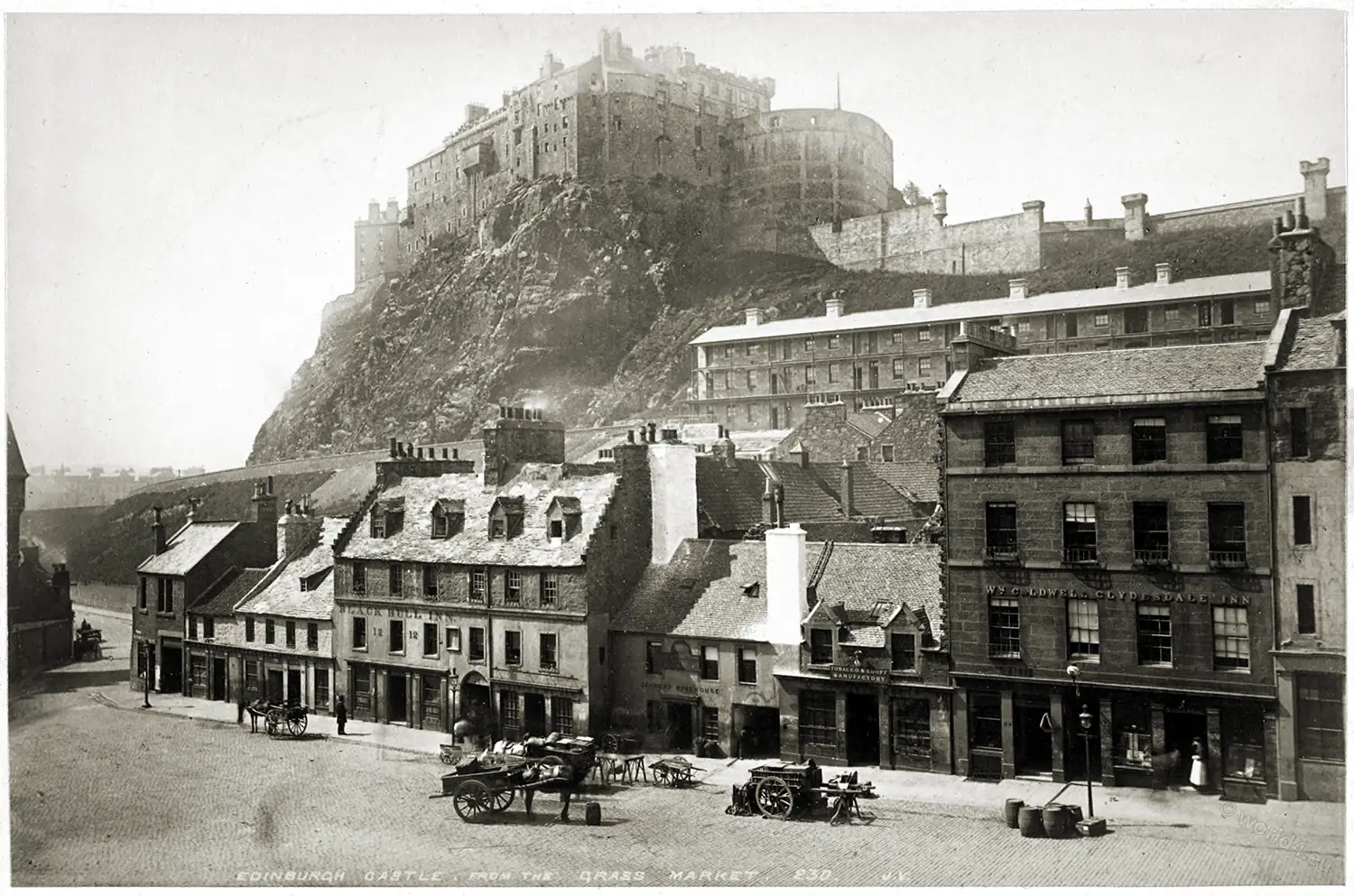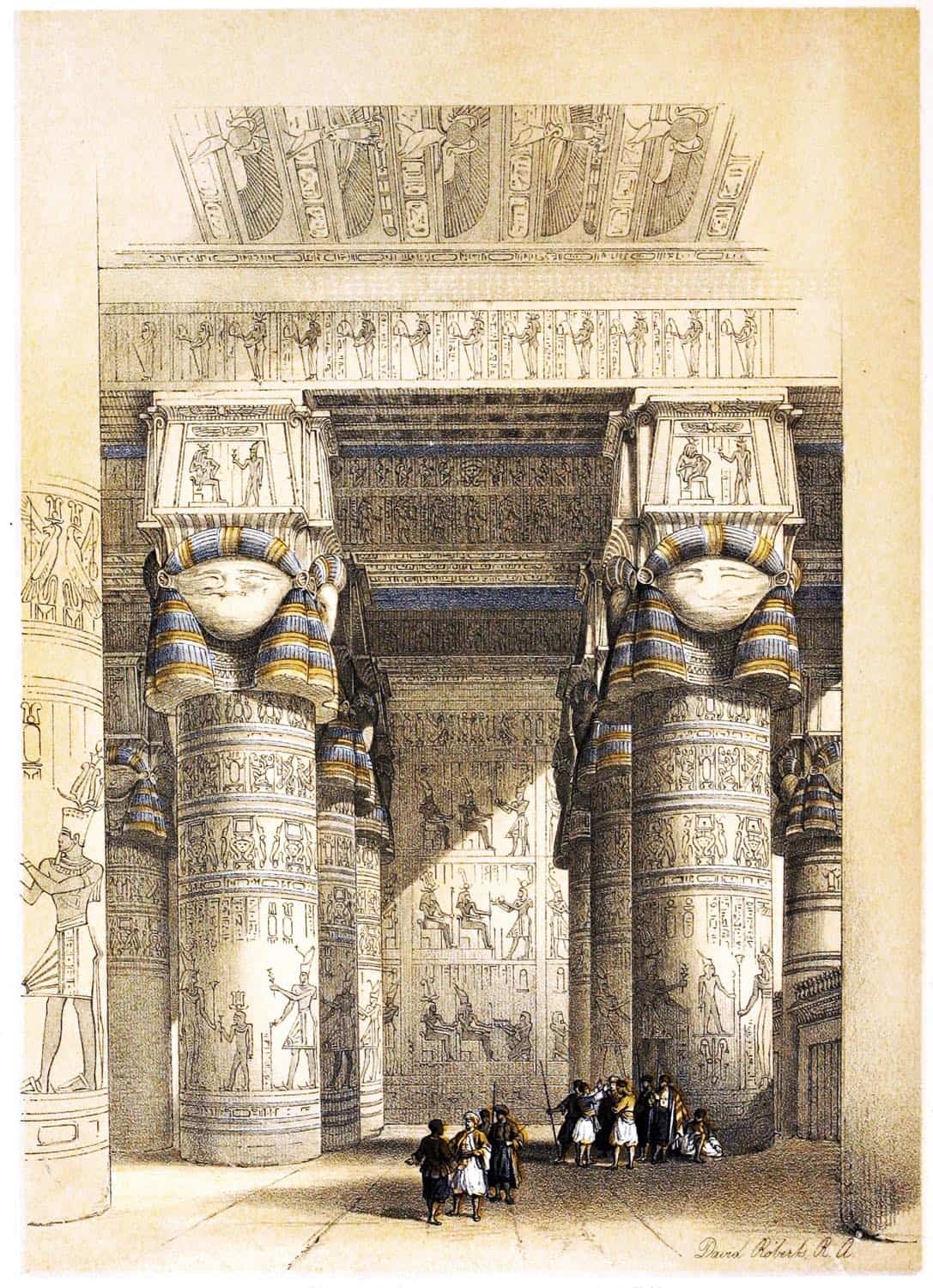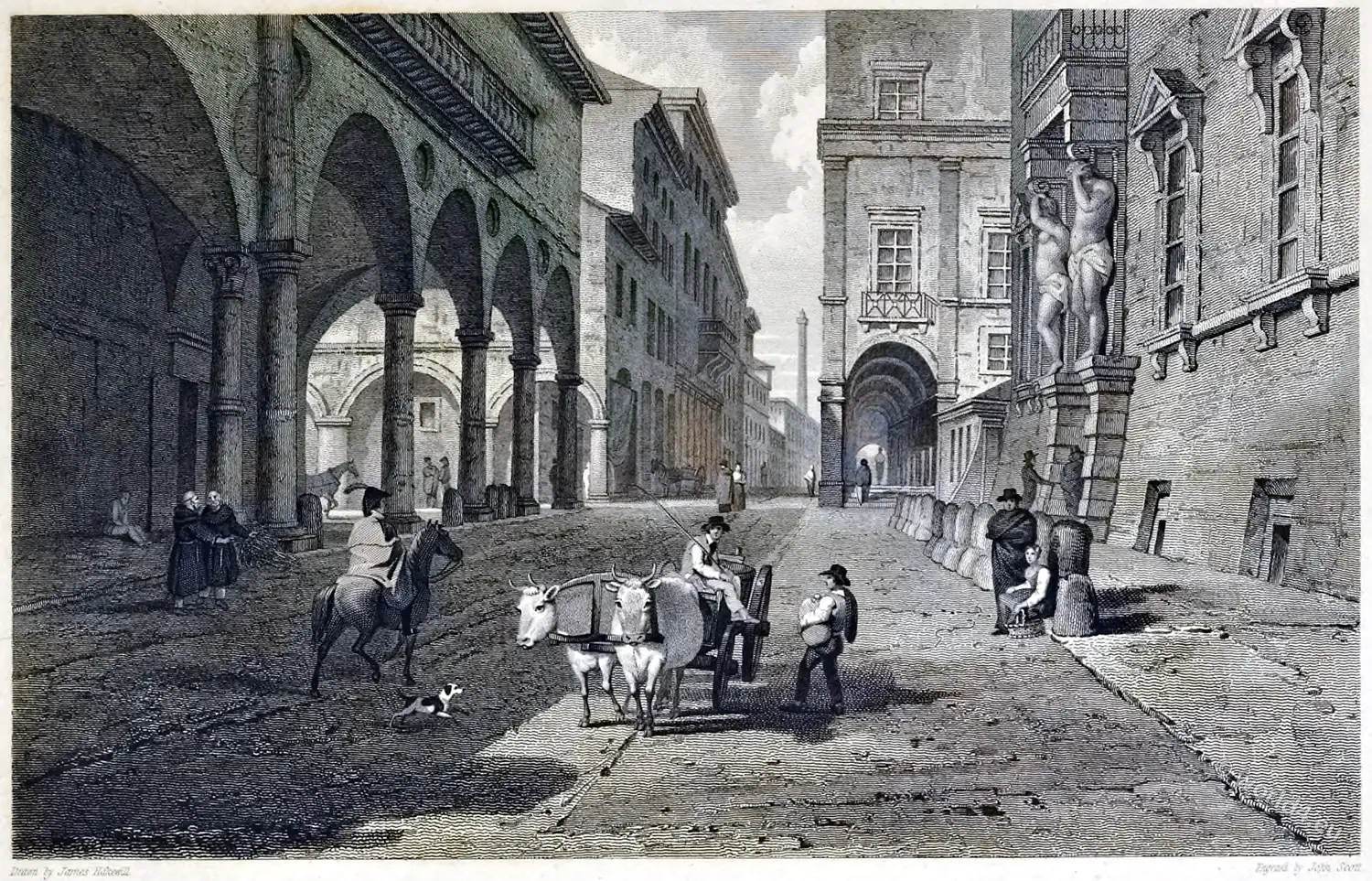
BOLOGNA. VIEW IN THE STRADA MAGGIORE.
The Strada maggiore is a street leading from the gate of the same name to the centre of the city at the extremity of the View appears the tower called the Asinelli: the portal on the right, decorated with colossal figures, is that of the Palazzo Bargellini.
The long porticoes that line the streets of Bologna in every quarter, give an air of great beauty and convenience to the place. From modern habits in general, and particularly from the introduction of carriages, this fashion of building has now fallen into disuse, though by no means ill-suited for public accommodation in countries exposed to long summer seasons, and periodical rains.
We find bazaars and covered arcades constructed throughout the cities of the East at this day; and we constantly trace the remains of porticoes in the Forum and other places of resort, in the ancient cities of Italy. The Emperor Nero, indeed, after the conflagration of Rome, designed to have provided all the new streets that were rebuilt with conveniences of this nature.
In England, we have perhaps no similar example, if we except the covered alleys at Chester: but throughout the south of Europe relics of this fashion are to be seen in almost all the more ancient cities, at Berne in Switzerland, at Cracow in Poland, and in many parts of Austria, Gallicia, and the south of France. In Italy again, at Modena, Padua, Mantua, Treviso, &c. but no where is the line preserved so unbroken, or indeed formed with such elegance, as at Bologna.
The porticoes here, however, are by no means uniform in appearance, the arch sometimes rising from square pillars, sometimes from round its shape various, elliptical, semi-circular, or pointed: there are places; again where the entablature (as in the Pal. Lambertini) is carried throughout in one straight line, and supported by columns at regular intervals : but a degree of elevation sufficient to give elegance to the design is maintained, and what is more material, to allow the free admission of light and air.
The flooring is formed of a composition much used in the North of Italy, and named, from the nature of its construction, battuto: it is a plaister, interspersed with various fragments of marble, which are beaten down, smoothed to an even surface, and left to be hardened by the effect of the atmosphere.
Fresco paintings by eminent masters of the school of the Caracci and others, are to be observed in the Lunettoni, or semi-circles immediately under the arch of the vault, in many parts of the city.
The tower degli Asinelli was built in the year 1109: its heighth is 326 English feet without the cupola, and it overhangs its base about 3 feet 8 inches and an half. The tower Garisendi, which is but a few yards distant, was built in the same century; its height is 153 feet, and its deviation from the perpen- dicular is upwards of 8 feet 8 inches. From the courses of the masonry, this appears to have been intentional on the part of the architect, and was probably a matter of great boast in that unenlightened age.
A picturesque tour of Italy, from drawings made in 1816-1817 by James Hakewill (1778-1843); Turner, J. M. W. (Joseph Mallord William). London: John Murray, 1820.


